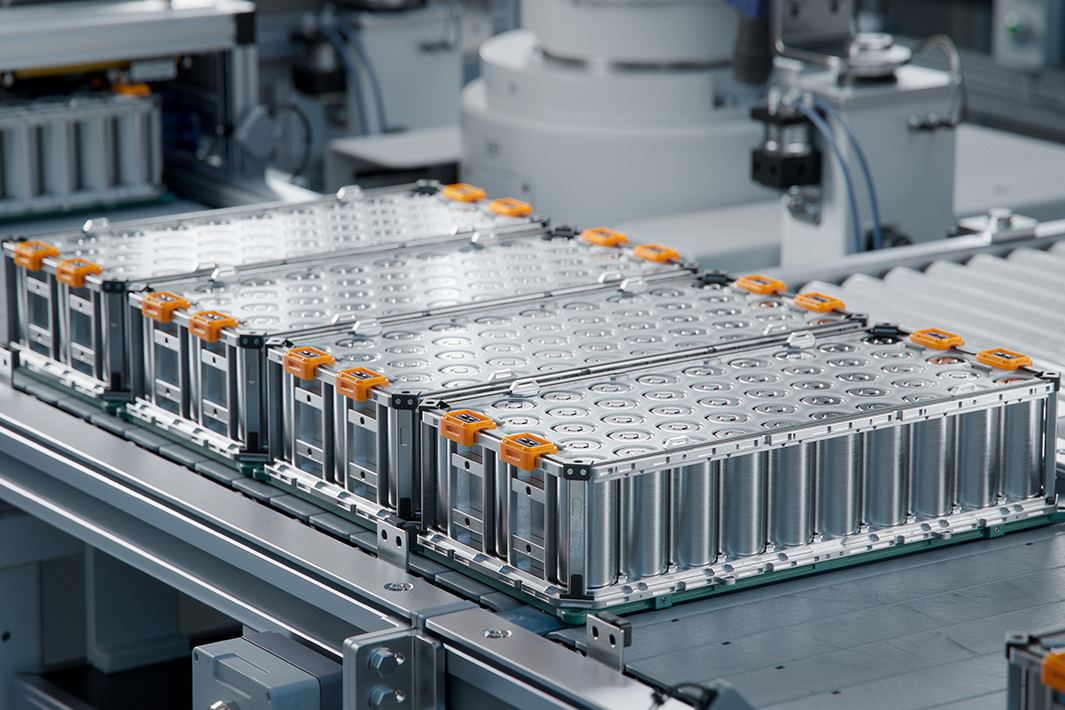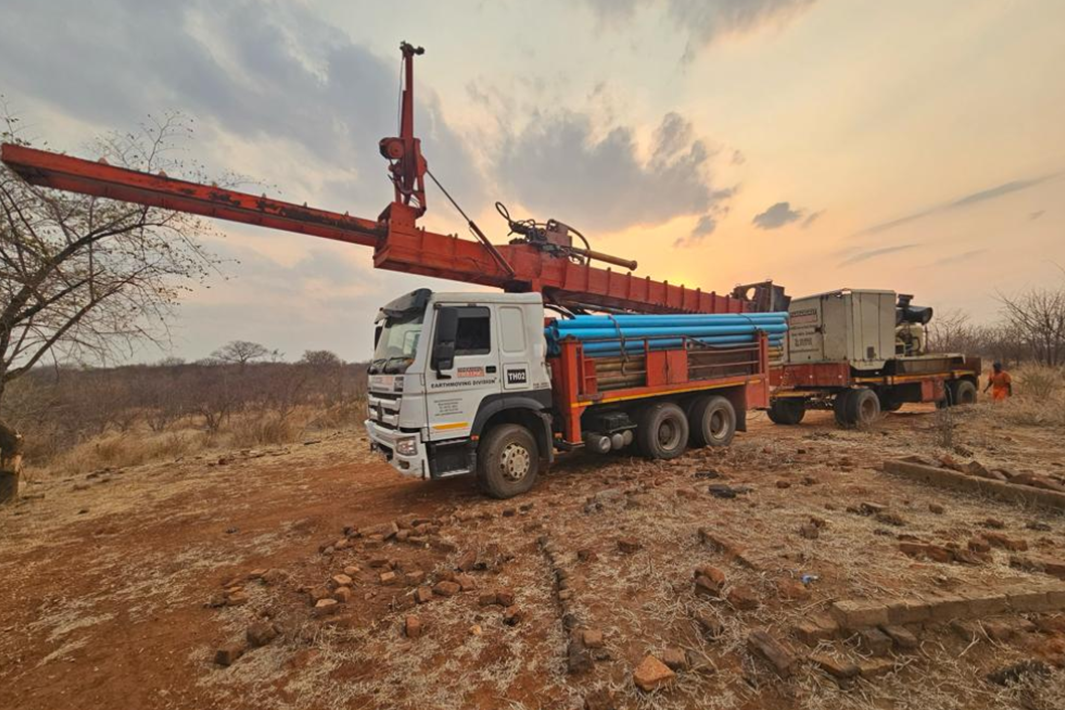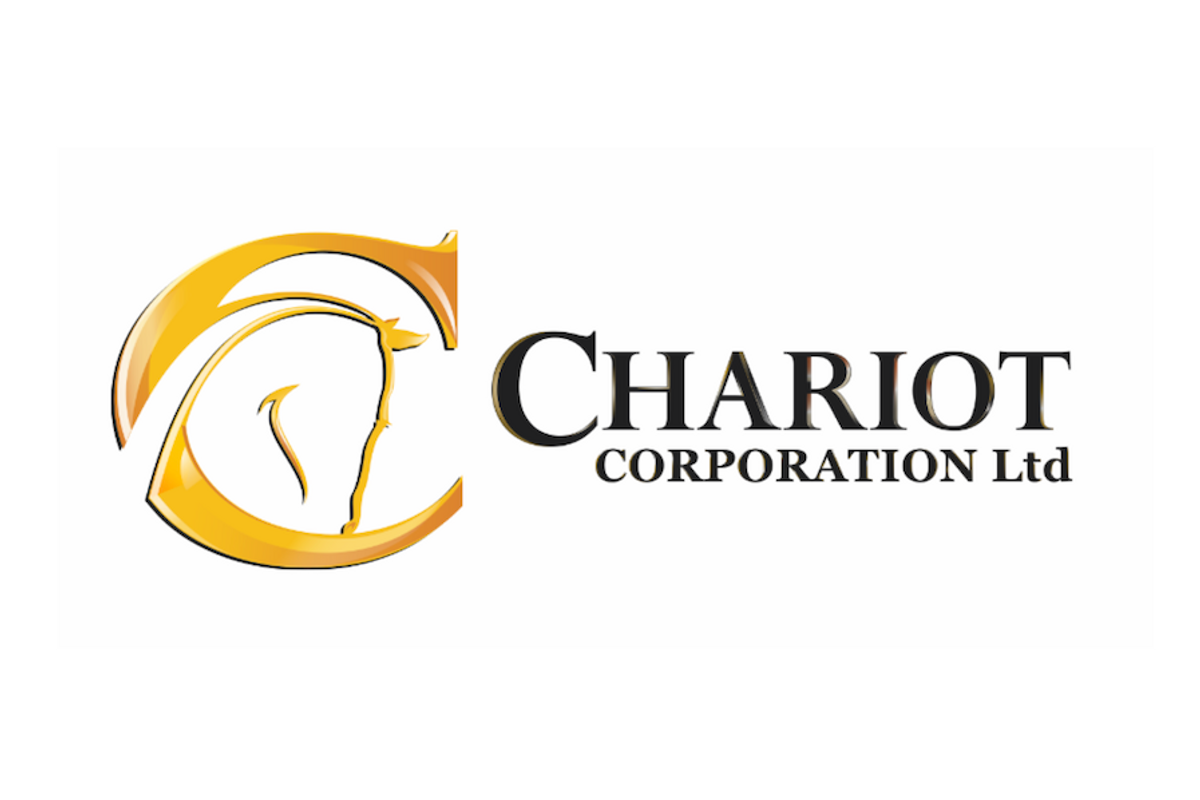
October 02, 2024
Chariot Corp Limited (ASX:CC9) (“Chariot” or the “Company”) today announces that it has revised its strategy for the Black Mountain hard rock lithium project in Wyoming U.S.A. (“Black Mountain”) and will shift from exploring for a large-scale resource to testing the viability of establishing a smaller-scale “pilot mine” at Black Mountain (“Pilot Mine”), with the goal of supplying spodumene concentrate to several lithium hydroxide refineries under construction in the southwestern United States.
HIGHLIGHTS:
- NEW STRATEGY: Chariot has revised its strategy for Black Mountain and now envisions a ”Pilot Mine” at Black Mountain in Wyoming, U.S.A., that could rapidly produce spodumene concentrate to capitalize on the growing lithium supply deficit in the U.S. market
- RESOURCE DEFINITION TARGET: Phase 2 drilling aims to define a high-priority, small-scale lithium resource (minimum JORC (2012) Indicated category) to underpin the Pilot Mine and establish the foundation for future larger-scale resource definition
- PHASE 2 DRILL PROGRAM: Chariot will conduct a reverse circulation drilling program at Black Mountain, drilling a total of up to 43 holes and up to 4,300 metres of total drilling (which may be completed in stages through the balance of 2024 and early 2025)
- METALLURGICAL TESTING: Chariot has approximately 200 kg of mineralized HQ diamond drill core in storage in Wyoming which will be transported to Perth for metallurgical testing by an experienced Perth-based metallurgical laboratory facility
- URGENT SUPPLY NEEDS: U.S. lithium demand is projected to surge by 2030, creating an urgency for new domestic supply sources
- WYOMING’S STRATEGIC ADVANTAGE: Wyoming’s small-mine permit system offers a pathway for the establishment of a pilot mine
- COST-EFFICIENT MODULAR PLANT DESIGN: The contemplated modular plant design is expected to reduce upfront costs and offer flexibility to scale up rapidly
- LONG-TERM VISION: The Pilot Mine strategy could provide short-term cash flow and potentially could optimize the development of larger-scale mining operations in the future
The following factors relating to the Black Mountain Project render it particularly suitable for the establishment of a Pilot Mine:
1) Indications of near-surface lithium mineralization at Black Mountain makes it suitable for a shallow, open-pit Pilot Mine.
2) Wyoming’s advantageous small-mine permit system offers a pathway for small mine permits that does not impose limits on the mineral volume which can be extracted but rather places annual limits on the mining activities to 10 acres (4.05 hectares) of disturbance and 35,000 cubic yards (26,760 cubic metres) of overburden removal (refer Part 3 of this announcement).
3) Black Mountain’s proximity to U.S. lithium hydroxide refineries currently under construction in the southwestern United States is expected to provide a geographic advantage in marketing product extracted from the Pilot Mine.
1. Target Small-scale Lithium Resource Definition
The Black Mountain Phase 2 drilling program (“Phase 2 Drilling Program”) will be completed during the coming months within the 5 acre disturbance limit applicable under the existing “Notice of Intent” level drill permit. The Phase 2 Drilling Program will seek to:
1) Quickly and cost-effectively define a small-scale lithium resource (at a minimum JORC (2012) “Indicated” category level of confidence) to support the construction of a Pilot Mine (“Small-scale Lithium Resource”).
2) Advance the understanding of mineralization and geology to identify drilling targets for further exploration of the project and delineation of a resource to support future large-scale mining.
The Phase 2 Drilling Program will be focused on the two southern pegmatite outcrops (Figure 1) which exhibit high fractionation (see Chariot’s ASX announcements dated 2 February 2024 and 20 August 2024) and contain spodumene at surface.
A previous drilling program conducted by the Company has already shown at and near-surface lithium mineralisation in these areas (see Chariot’s ASX announcement dated 2 February 2024).
ERM (see Part 4 of this announcement below) has assisted in the development of the Phase 2 Drilling Program. It will consist of up to 43 holes, totaling up to 4,300m of total drilling depth. The drilling method utilized will be small-format reverse circulation (”RC”) drilling, which is a proven method for quick and cost-effective drilling with a minimal disturbance footprint.
As part of its revised strategy for Black Mountain, the Company is replacing the previously announced drilling plans (see Chariot’s ASX announcements dated 19 June 2024) with the Phase 2 Drilling Program.
The Company is in discussions with a drilling company and will commence drilling as soon as an RC drill rig and crew can be redeployed from their current projects.
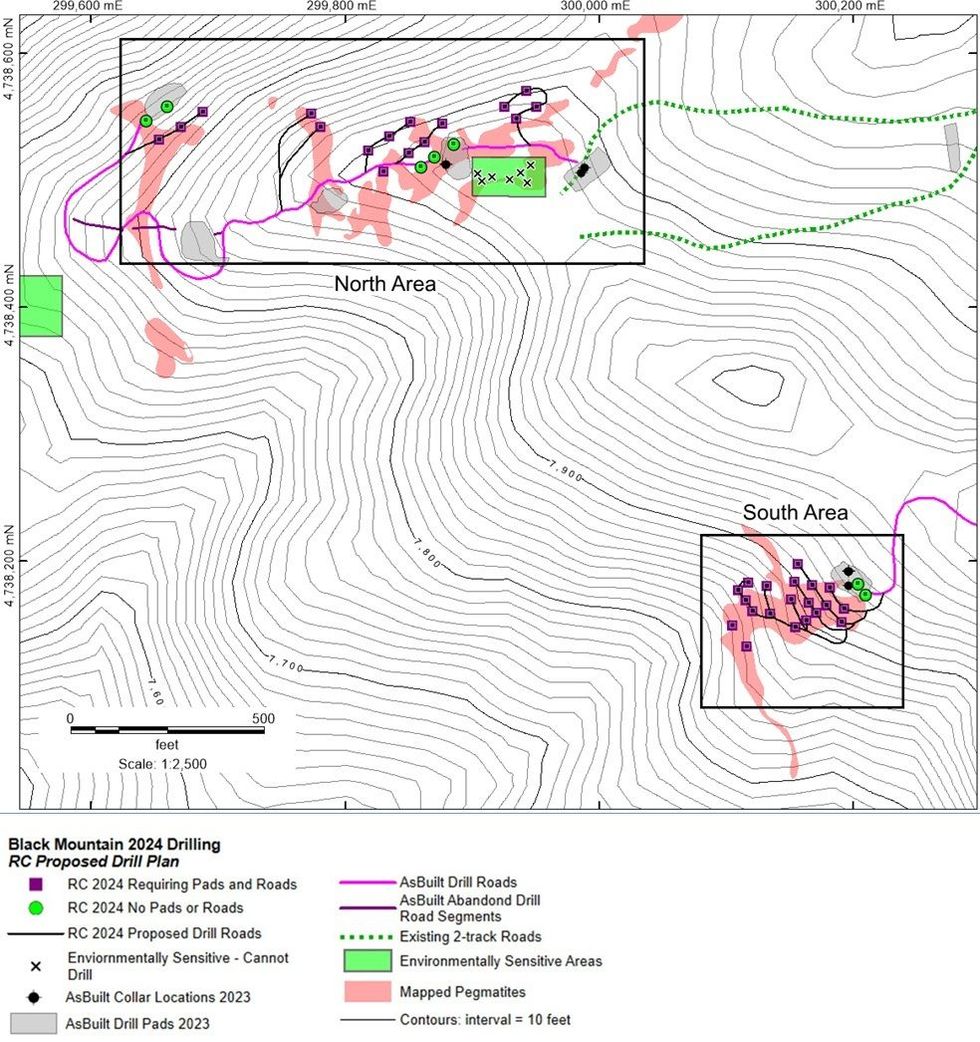

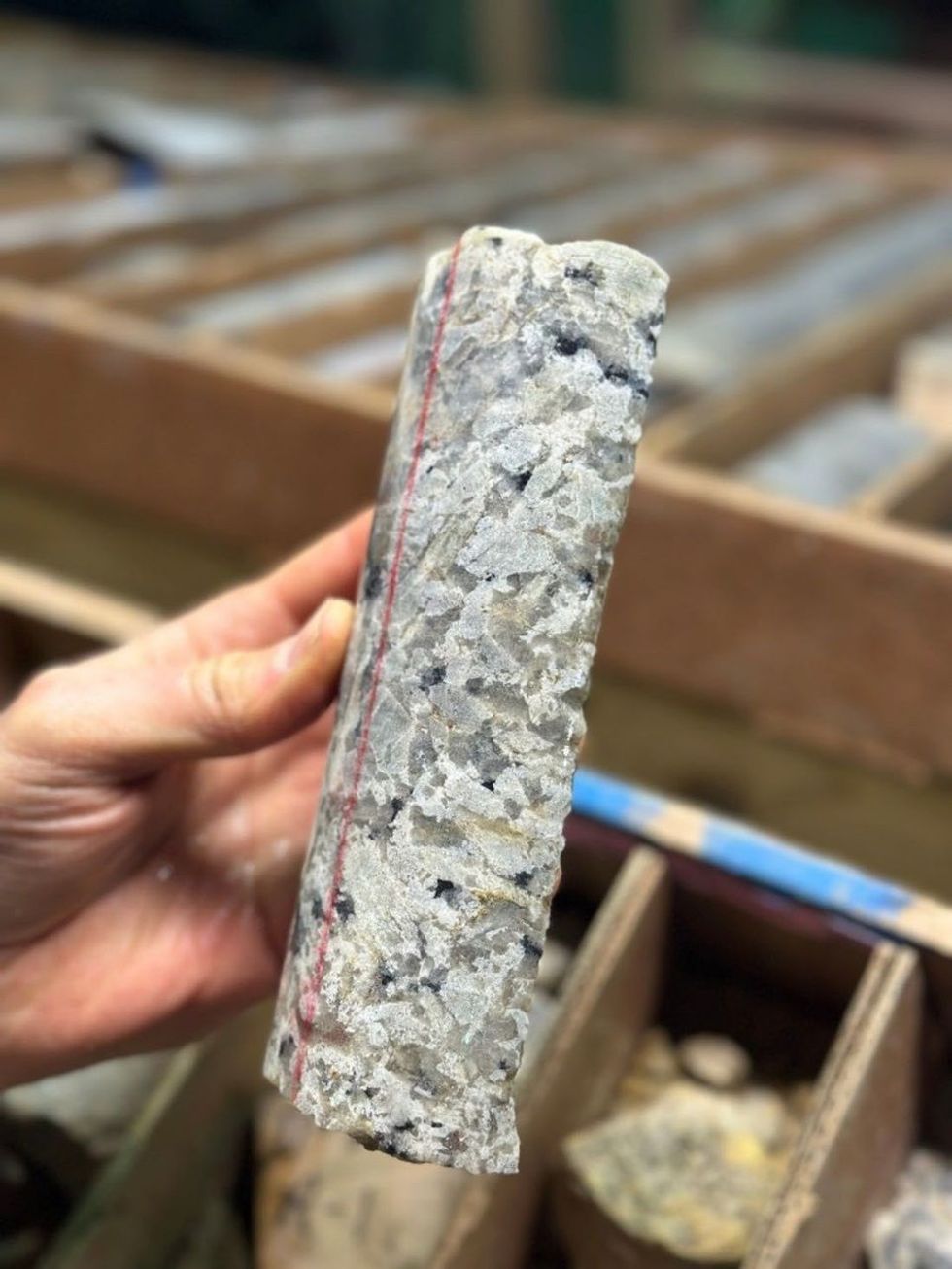
The Company notes that completion of the full Phase 2 Drilling Program will require additional funding. Discussions regarding potential fundraising are currently underway and the Company will provide further updates as details are finalised.
Click here for the full ASX Release
This article includes content from Chariot Corporation, licensed for the purpose of publishing on Investing News Australia. This article does not constitute financial product advice. It is your responsibility to perform proper due diligence before acting upon any information provided here. Please refer to our full disclaimer here.
CC9:AU
The Conversation (0)
07 February
Chariot Corporation
Largest lithium exploration land holdings in the US
Largest lithium exploration land holdings in the US Keep Reading...
27 March
Second Amendment to Black Mountain Purchase Option
Chariot Corporation (CC9:AU) has announced Second Amendment to Black Mountain Purchase OptionDownload the PDF here. Keep Reading...
26 March
Convertible Note Financing of up to A$2.0 Million
Chariot Corporation (CC9:AU) has announced Convertible Note Financing of up to A$2.0 MillionDownload the PDF here. Keep Reading...
18 February
High-Potential WA Lithium & Gold Tenements Secured
Chariot Corporation (CC9:AU) has announced High-Potential WA Lithium & Gold Tenements SecuredDownload the PDF here. Keep Reading...
31 January
Quarterly Activities/Appendix 5B Cash Flow Report
Chariot Corporation (CC9:AU) has announced Quarterly Activities/Appendix 5B Cash Flow ReportDownload the PDF here. Keep Reading...
26 November 2024
Black Mountain Phase 2 Program has Commenced
Chariot Corporation (CC9:AU) has announced Black Mountain Phase 2 Program has CommencedDownload the PDF here. Keep Reading...
11 December
Mining the Gap: 5 Forces Shaping North America’s Lithium Supply Chain
A convergence of industry investments, government initiatives and a shifting global trade dynamic is creating an environment ripe for the development of a North American battery supply chain, with lithium playing a leading role. These trends are reshaping the region’s industrial base and opening... Keep Reading...
10 December
Rock Bottom: Strategic Window for Ground-level Lithium Investment
When lithium prices hit bottom, savvy investors know that’s exactly where the next big discovery begins — literally. Beneath the surface of global markets and remote exploration grounds, new opportunities are forming in the wake of a sharp price reset and renewed geopolitical urgency.Recent... Keep Reading...
10 December
Liontown Resources Pens Lithium Offtake Agreement with China's Canmax
Liontown Resources (ASX:LTR,OTC Pink:LINRF) has executed a binding offtake agreement with Chinese conglomerate Canmax Technologies (SZSE:300390) as part of its strategy to diversify its customer base.“Listed on the Shenzhen Stock Exchange, Canmax is one of the world’s leading manufacturers of... Keep Reading...
08 December
Trading Halt
Jindalee Lithium (JLL:AU) has announced Trading HaltDownload the PDF here. Keep Reading...
05 December
Livium Receives A$663k in RsD Tax Incentive Rebates for VSPC
Livium Ltd (ASX: LIT) (“Livium” or the “Company”) advises that it has received A$663,000 in research and development ("R&D") tax incentive rebates from the Australian Tax Office for the 2025 financial year ("FY25"), relating to its wholly owned subsidiary VSPC Pty Limited ("VSPC"). The rebate... Keep Reading...
01 December
Why SQM Says Social Dialogue is Key to Sustainable Lithium
As scrutiny continues to intensify across the battery metals supply chain, the conversation around sustainability has moved far beyond carbon footprints. At this year’s Benchmark Week, Stefan Debruyne, director of external affairs at Sociedad Quimica y Minera de Chile (SQM) (NYSE:SQM), made that... Keep Reading...
Latest News
Interactive Chart
Latest Press Releases
Related News
TOP STOCKS
American Battery4.030.24
Aion Therapeutic0.10-0.01
Cybin Corp2.140.00


